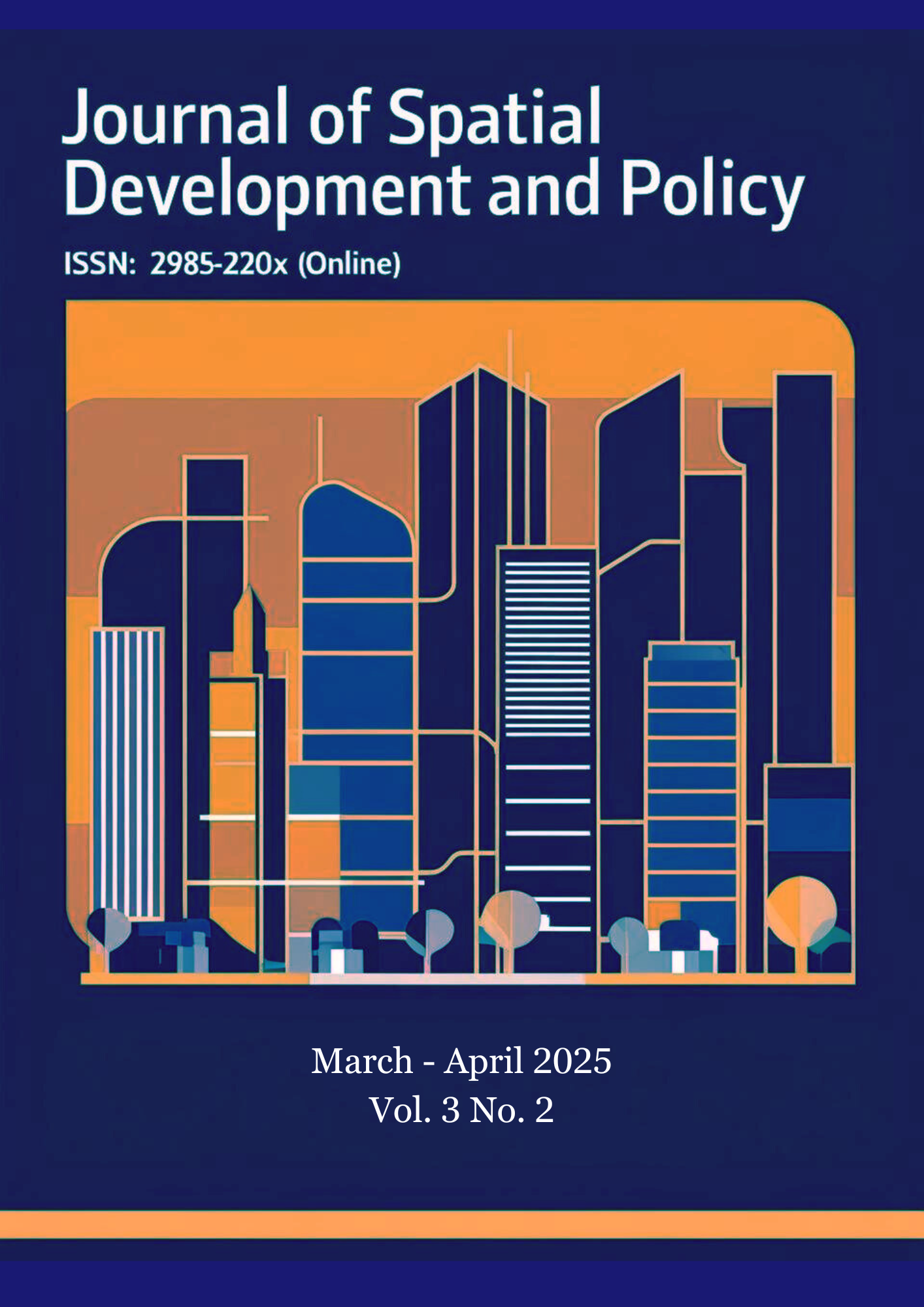An Analysis of Factors Influencing Students’ Choice to Enroll in the Faculty of Education Using Data Mining Techniques
Main Article Content
Abstract
This research aimed to (1) study the factors influencing the selection of study disciplines in the Faculty of Education, (2) examine the factors influencing students' choice to enroll in the Faculty of Education, and (3) analyze the relationships among factors influencing students' choice to enroll in the Faculty of Education at Sisaket Rajabhat University using data mining techniques. This study employed a quantitative research approach. The sample consisted of 893 students from the Faculty of Education who studied between 2018 and 2022, selected using purposive sampling to ensure coverage of all academic programs and year levels. The research instrument was a questionnaire designed to collect student background information and factors affecting their decision-making process. Data analysis utilized data mining techniques, including Decision Tree classification, Chi-Square dimensionality reduction, and Association Rule analysis using FP-Growth via RapidMiner. The research findings revealed that 1) nine factors influencing the selection of study disciplines in the Faculty of Education, including study program, gender, GPA, hometown, mother’s occupation, mother’s income, information sources, family members in the teaching profession, and father’s income. The Decision Tree technique generated 14 classification rules with an accuracy of 79.73% and is considered a reliable evaluation. 2) There were 37 factors influencing the choice to enroll in the Faculty of Education. 3) Based on the analysis, 545 association rules were generated with a confidence level of 88% or higher. The most significant rule indicated that the decision to enroll was influenced by a curriculum aligned with labor market demands and instructors with high academic qualifications. This reflects students' strong emphasis on curriculum quality and instructors’ expertise. Key associated factors included the curriculum, instructors, personal reasons, family, and social factors. These findings can be applied to develop targeted guidance and strategic communication plans aligned with prospective students’ interests to increase future enrollment.
Article Details

This work is licensed under a Creative Commons Attribution-NonCommercial-NoDerivatives 4.0 International License.
References
ทิพวัลย์ แสนคำ, สกรณ์ บุษบง, รัตนา เติมใจ และ สมัชญา อยู่นาน. (2564). การใช้เทคนิคเหมืองข้อมูลเพื่อหาโอกาสเข้าศึกษาต่อในหลักสูตรของคณะมนุษยศาสตร์และสังคมศาสตร์ มหาวิทยาลัยราชภัฏบุรีรัมย์. วารสารวิจัย วิทยาศาสตร์และเทคโนโลยี มหาวิทยาลัยราชภัฏนครราชสีมา, 6(2), 47–52.
ธัญญารัตน์ บุญต่อ และ วรรณี เนียมหอม. (2566). ปัจจัยที่มีอิทธิพลต่อการตัดสินใจเลือกเข้าศึกษาต่อในคณะครุศาสตร์ของมหาวิทยาลัยราชภัฏกลุ่มรัตนโกสินทร์. วารสารวิจัยราชภัฏกรุงเก่า, 10(2), 45–56.
ปรียานุช พรหมภาสิต, ศรินญา หวาจ้อย และ วรรณพรรณ รักษ์ชน. (2562). ปัจจัยที่มีผลต่อการตัดสินใจเลือกเข้าศึกษาต่อระดับปริญญาตรีของนักศึกษามหาวิทยาลัยราชภัฏกำแพงเพชร. วารสารพิกุล, 17(1), 199–216.
มหาวิทยาลัยราชภัฏศรีสะเกษ. (2566). แนวทางการรับสมัครนักศึกษาคณะครุศาสตร์ ประจำปีการศึกษา 2566. ศรีสะเกษ: มหาวิทยาลัยราชภัฏศรีสะเกษ.
รัชฎา เทพประสิทธิ์ และ จรัญ แสนราช. (2563). การวิเคราะห์ปัจจัยที่มีผลต่อการเลือกเข้าศึกษาต่อคณะครุศาสตร์โดยใช้เทคนิคเหมืองข้อมูล. วารสารบัณฑิตศึกษา มหาวิทยาลัยราชภัฏวไลยอลงกรณ์ ในพระบรมราชูปถัมภ์, 14(1), 134–146.
วิทวัส เหล่ามะลอ. (2562). ปัจจัยที่มีผลต่อการตัดสินใจเข้าศึกษาต่อระดับปริญญาตรีของนักศึกษามหาวิทยาลัยขอนแก่น ประจำปีการศึกษา 2562 โดยผ่านการคัดเลือกด้วยระบบ TCAS (รายงานการวิจัย). ขอนแก่น: สำนักบริหารพัฒนาวิชาการ มหาวิทยาลัยขอนแก่น.
สำนักงานคณะกรรมการการอุดมศึกษา. (2565). มาตรฐานคุณวุฒิระดับอุดมศึกษาแห่งชาติ สาขาครุศาสตร์/ศึกษาศาสตร์ พ.ศ. 2565. กรุงเทพฯ: กระทรวงการอุดมศึกษา วิทยาศาสตร์ วิจัยและนวัตกรรม.
สำนักส่งเสริมวิชาการและจัดการเรียนรู้ตลอดชีวิต. (2565). สถิติจำนวนนักศึกษาจำแนกตามคณะ/วิทยาลัย ระดับปริญญาตรี ประจำปีการศึกษา 2565 (ณ วันที่ 30 กันยายน 2565). มหาวิทยาลัยราชภัฏศรีสะเกษ. สืบค้นจาก https://www.oass.ssru.ac.th/OASS.html.
อนันต์ ปินะเต. (2563). การค้นหากฎความสัมพันธ์ข้อมูลนิสิตใหม่เพื่อพัฒนาระบบประชาสัมพันธ์หลักสูตรออนไลน์. วารสารวิทยาศาสตร์และเทคโนโลยี มหาวิทยาลัยมหาสารคาม, 38(3), 291–299.
Agrawal, R., Imielinski, T., & Swami, A. (1993). Mining association rules between sets of items in large databases. ACM SIGMOD Record, 22(2), 207–216.
Bandura, A. (1986). Social foundations of thought and action: A social cognitive theory. New Jersey: Prentice-Hall.
Han, J., Kamber, M., & Pei, J. (2012). Data mining: Concepts and techniques. (3rd ed.). Massachusetts: Morgan Kaufmann.
Han, J., Pei, J., & Yin, Y. (2000). Mining frequent patterns without candidate generation. ACM SIGMOD Record, 29(2), 1–12.
Jena, R. K., & Kalra, S. (2022). Predictive analytics using FP-Growth algorithm: A study of higher education choices. International Journal of Educational Technology in Higher Education, 19(1), 1–20.
Kotler, P., & Fox, K. F. A. (1995). Strategic marketing for educational institutions. (2nd ed.). Englewood Cliffs, NJ: Prentice Hall.
Lent, R. W., Brown, S. D., & Hackett, G. (1994). Toward a unifying social cognitive theory of career and academic interest, choice, and performance. Journal of Vocational Behavior, 45(1), 79–122.
Quinlan, J. R. (1993). C4.5: Programs for machine learning. San Mateo, CA: Morgan Kaufmann Publishers.
Rovinelli, R. J., & Hambleton, R. K. (1977). On the use of content specialists in the assessment of criterion-referenced test item validity. Tijdschrift voor Onderwijsresearch, 2(2), 49–60.
Super, D. E. (1990). A life-span, life-space approach to career development. In D. Brown & L. Brooks (Eds.), Career choice and development: Applying contemporary theories to practice (2nd ed.) (pp. 197–261). San Francisco, CA: Jossey-Bass.
Tan, P. N., Steinbach, M., & Kumar, V. (2016). Introduction to data mining. (2nd ed.). Boston, MA: Pearson.
Tiwari, R., Singh, A., & Sharma, S. (2020). Feature selection using Chi-square technique: Educational data mining. International Journal of Scientific Research in Engineering and Management, 4(3), 22–29.
Wang, Y., Li, M., & Zhang, T. (2022). Student behavior prediction using K-means and decision tree algorithms. International Journal of Education and Information Technologies, 16(1), 65–72.
Witten, I. H., Frank, E., & Hall, M. A. (2016). Data mining: Practical machine learning tools and techniques (4th ed.). Burlington, MA: Morgan Kaufmann.
Yamane, T. (1967). Statistics: An introductory analysis. (2nd ed.). New York: Harper and Row.
